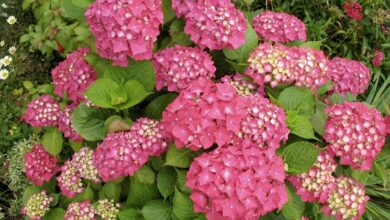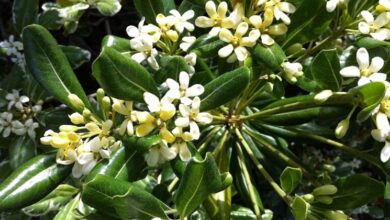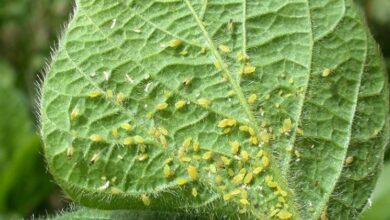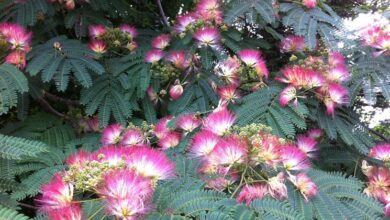Catalpa mosquitoes
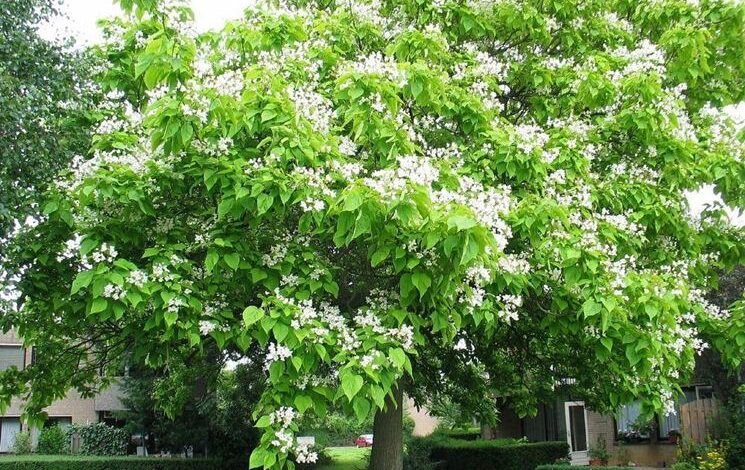
Catalpa mosquitoes: general characteristics
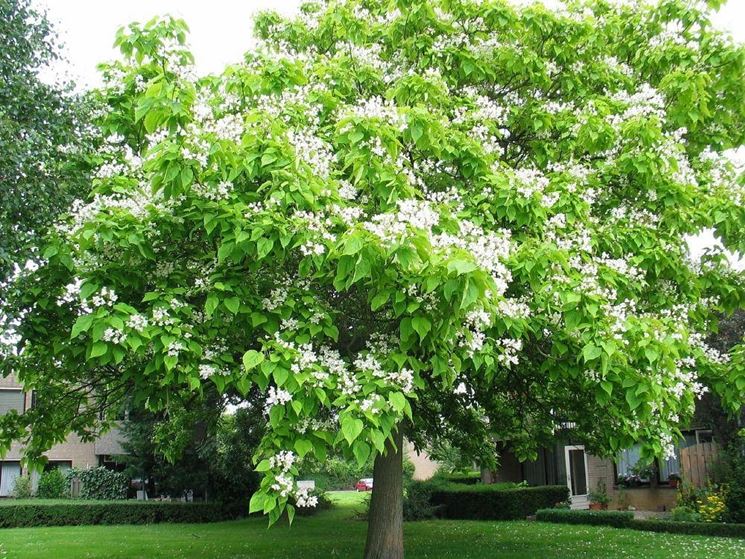
Catalpa mosquitoes: cultivation
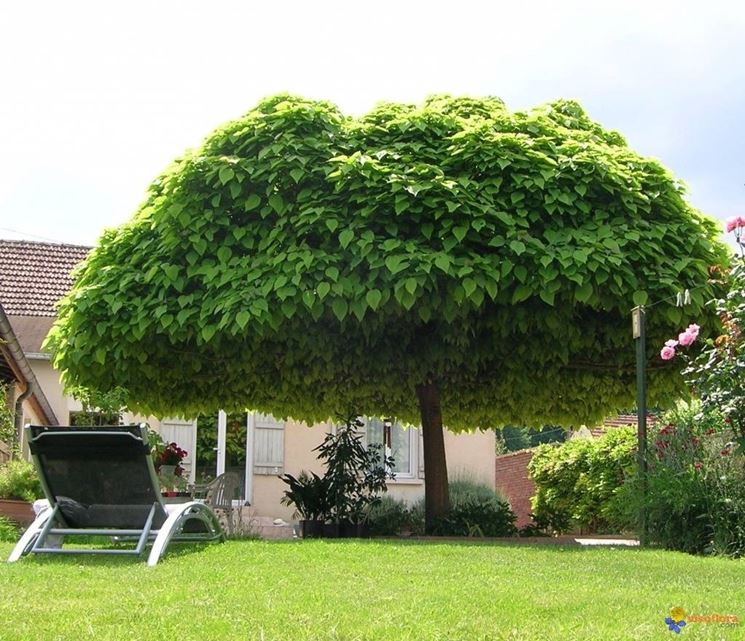
The mosquito-repellent Catalpa is a rustic specimen that adapts to all climates. It prefers sunny or semi-shady positions, tolerates rigid temperatures but also short periods of drought. It does not need watering as it acquires the necessary mineral salts from the rains, and its deep root system is able to absorb the nutritional substances from the soil. With regard to young specimens, on the other hand, it is necessary to water regularly in such a way as to develop the roots, and between one irrigation and the other it is advisable to let the soil dry. During the planting of the mosquito-repellent Catalpa it is convenient to mix pumice stone and peat with the common soil and place the lapillus at the base of the hole, in such a way as to make the soil well drained. While it does not tolerate heavy soil with an acidic and poorly drained pH.
Catalpa mosquitoes: multiplication
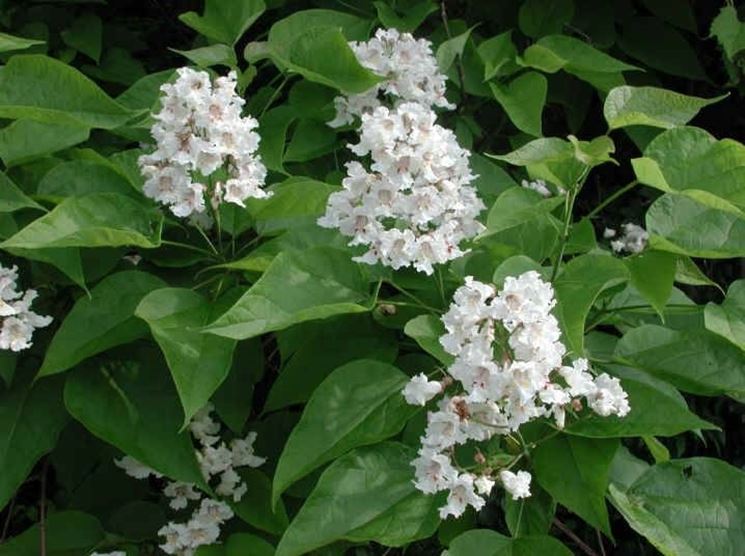
Usually the multiplication of the anti-mosquito catalpa occurs by seed. During the spring season, the pods containing small winged seeds come off, full of whitish down, flat and depressed. Before proceeding with sowing, it is advisable to leave the seeds to soak for about 24 hours. Then you take a pot of a certain size, fill it with common garden soil, peat, sand and at the base of the holes you have lapillus or pumice stone. The seeds are buried and left in a place protected from bad weather; the shoots should not be placed in direct sunlight but in a very bright place. The soil must always be well drained and moist.
Catalpa mosquitoes: adversity and property
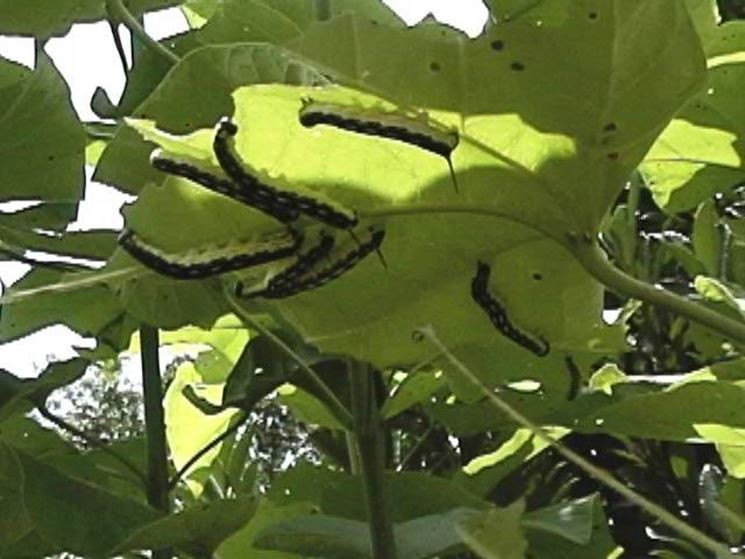
The mosquito-repellent Catalpa plant can be affected by some fungal parasites due to the climatic variation that occurs during the winter season and the frequent changes in humidity. In this regard, during the end of the winter season it is convenient to apply auburn on the plant. The parasite most feared by these specimens is Verticillium, which causes the foliage and branches to dry out. When the plant is still young or the attack is limited to specific areas, just eliminate the infected parts. One of the main properties that concern the Catalpa (besides the sedative, antiseptic and astringent ones) is that of being able to keep away some species of annoying insects, including mosquitoes. It is a genetically modified hybrid,

